In recent days, retail agents have increased prices by 1,000-1,500 VND per kilogram compared to last month, bringing rice prices to a record high.
Adjusting prices over the past two days, Mr. Thanh - a rice dealer in Tan Binh District (HCMC) - said that Dai Thom rice from large domestic companies costs VND21,000 per kilogram, an increase of VND1,000 (5%) compared to last month and an increase of VND3,000 (16%) compared to the same period last year.
Rice purchased by stores from Loc Troi Group and ST21 and 24 varieties from small and medium enterprises also increased by VND500 per kilogram compared to a month ago. For Thom Lai Long An, the price per kilogram is VND21,000, Go Cong VND22,000, both increased by VND1,500.
Similarly, at the rice shop on Le Duc Tho Street (Go Vap), in addition to the high price increase of mid-range rice, each kilogram of popular rice also increased by the highest amount of 2,000 VND compared to the previous month. In particular, Thom Deo and Thom Hoa Sua rice increased to 16,000-17,500 VND per kilogram, an increase of 12% compared to the previous month.
Ms. Hoa, the owner of this rice shop, said that since the beginning of last week, rice prices have increased every day. Production facilities reported increases ranging from 100-500 VND per kilogram, and for the whole week, the price was adjusted by about 3,000 VND. However, due to weak purchasing power in the market, she only increased the retail price by a relatively small amount.
"Many production facilities have reported that rice prices will continue to increase because the rice purchased from the people in the coming time has been deposited at a higher price than the current price," said Ms. Hoa.
The owner of Binh An Phat rice shop (Binh Tan) also said that the current rice price is at a record high. "The price is high, customers are constantly complaining, but I still have to adjust, otherwise I will have to compensate for the loss," said a representative of Binh An Phat.
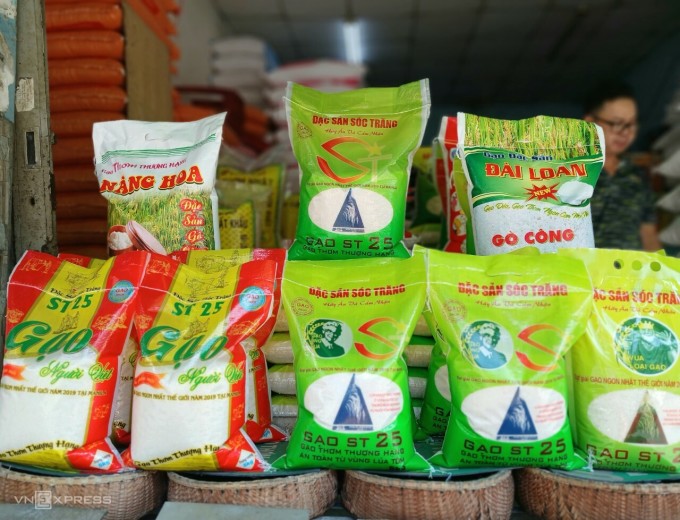
Rice for sale at a store on Le Duc Tho Street (Go Vap) on the morning of October 31. Photo: Thi Ha
At supermarket systems in the central area, many types of rice also increased by 5-10% compared to the same period last year. Accordingly, at Winmart and Winmart+, rice prices mostly increased compared to the same period in 2022. Only traditional Ngoc Nuong rice ST25 is committed to maintaining its price until the end of the year.
At Central Retail, the supermarket said suppliers had increased prices by about 10% in September. However, to support consumers, the chain said it had not adjusted new retail prices. At Saigon Co.op, rice distributors are asking for price adjustments, but the chain is in the process of reviewing them.
Data from the Vietnam Food Association also recorded that domestic rice prices have increased by VND100-500 since the beginning of October, of which white rice is being sold at VND15,500 per kilogram, 50% broken rice is VND12,600, and 5% broken rice is VND15,400.
Faced with the pressure of rapidly increasing rice prices, facilities and businesses producing rice products have also been affected. Ms. Hoang Oanh, owner of a vermicelli production facility in Binh Chanh District, said that compared to the peak in August, the price of raw rice has increased higher and faster. In particular, the price of cheap rice used to make vermicelli has increased dramatically, so recently her facility has reduced production to avoid having to compensate for losses.
Similarly, establishments selling broken rice said that instead of adjusting the price of rice, they should rebalance the servings in response to the high price of rice.
Explaining the reason why retail rice prices have reached a new peak , Mr. Dinh Ngoc Tam, Deputy General Director of Co May Company Limited - an exporter and distributor of goods to modern supermarket systems - said it was due to high demand in the world market.
Previously, the Indian government said it would lift the export ban in October, but so far there has been no new announcement, and the ban may even last until the end of February 2024. Therefore, the world is still short of 40% of the supply from this country. In addition, Indonesia, China, and the Philippines still have high demand for rice reserves. According to export data from businesses, Indonesia still accepts to buy Vietnamese rice at a price of up to 650 USD per ton.
"The supply of enterprises to the domestic market is still guaranteed and there is nothing unusual. "However, the world demand is increasing, traders are racing to collect, pushing the price of rice among people to a two-month high. Production costs are therefore also higher, causing rice prices to skyrocket compared to the same period last year," he explained.
According to the director of a rice exporting enterprise in Long An, the supply of rice in the Autumn-Winter crop is lower than in previous crops, while the demand for rice for the Lunar New Year is high not only in Vietnam but also in China, causing traders from this country to buy goods, pushing up rice prices.
"According to the request of the Ministry of Industry and Trade, we still have reserves to ensure stable domestic supply. In addition to Vietnamese goods, Cambodian rice is also being imported to Vietnam by many businesses, so there is no need to worry about a shortage of rice supply," said the director of this business.
Sharing with VnExpress , Mr. Nguyen Nhu Cuong - Director of the Department of Crop Production - affirmed that Vietnam is not worried about rice shortage for the domestic market. The Autumn-Winter crop yield is not high compared to previous crops, but the area this year increased by 30,000 hectares compared to the same period last year.
Currently, the average yield of this crop is 56 quintals per hectare, the harvested output is estimated at about 1.62 million tons of paddy. For the winter-spring rice crop, about 1 million hectares have been harvested, equivalent to 5.71 million tons. Of which, the North has about 5 million tons of output; the Southern provinces about 710,000 tons.
According to Mr. Cuong, the Northern, Central and Southern provinces mostly produce rice for domestic consumption, self-sufficiency, so the rice output is enough for people to consume and a surplus for export. In the Mekong Delta, this is the main rice granary for export but also meets the supply for Ho Chi Minh City.
As of October 25, the Autumn-Winter crop has about 400,000 hectares left to harvest, equivalent to nearly 600,000 tons of rice to be harvested from now until the end of December. For the Winter-Spring crop 2023-2024, it is expected to be planted on nearly 3 million hectares, a decrease of 10,000 hectares compared to the previous crop. However, the output is expected to increase compared to the same period in 2022, reaching over 20 million tons. The reason is that growers are increasingly skilled in care techniques and choosing varieties with good yields suitable for the climate.
"The Department is also closely directing facilities to proactively plant seeds early and flexibly for areas affected by annual saltwater intrusion in coastal provinces. In addition, plans are also being developed to prevent local drought in some areas in the freshwater alluvial region," said Mr. Cuong.
Leaders of the Ministry of Industry and Trade said that it is necessary to harmonize the interests of businesses and farmers; will closely monitor market developments, and be cautious in rice export transactions to ensure a safe supply. The Ministry will strengthen the stability of food prices, and prevent speculation.
The Ho Chi Minh City Department of Industry and Trade also said that it has requested market stabilization enterprises to strictly implement the regulations of the Market Stabilization Program in Ho Chi Minh City, and proactively implement plans to purchase, reserve, ensure goods sources, and supply enough, exceeding the registered quantity in all situations.
The Department also requested that competent authorities strengthen inspection and control of the system of agents, stores, affiliated distribution networks, stores, and points of sale for market stabilization, price posting, and selling at the correct regulated prices.
Thi Ha
Source link






















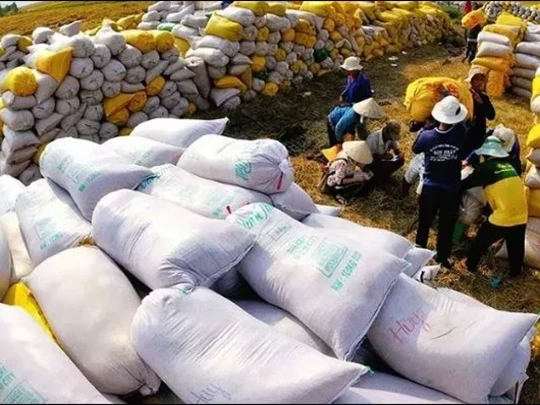

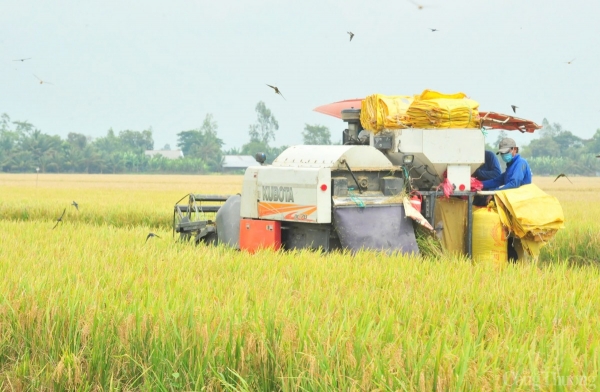


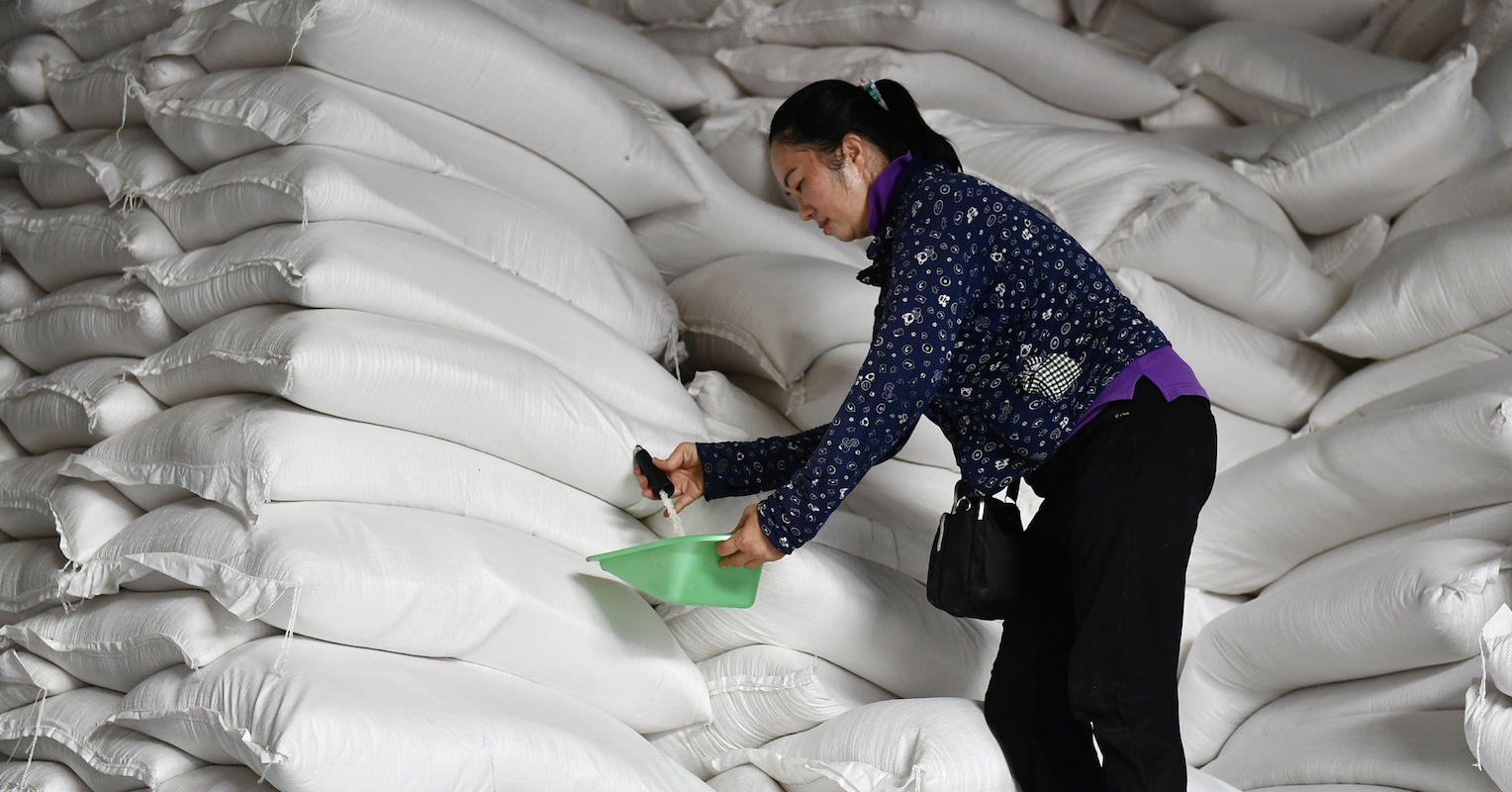

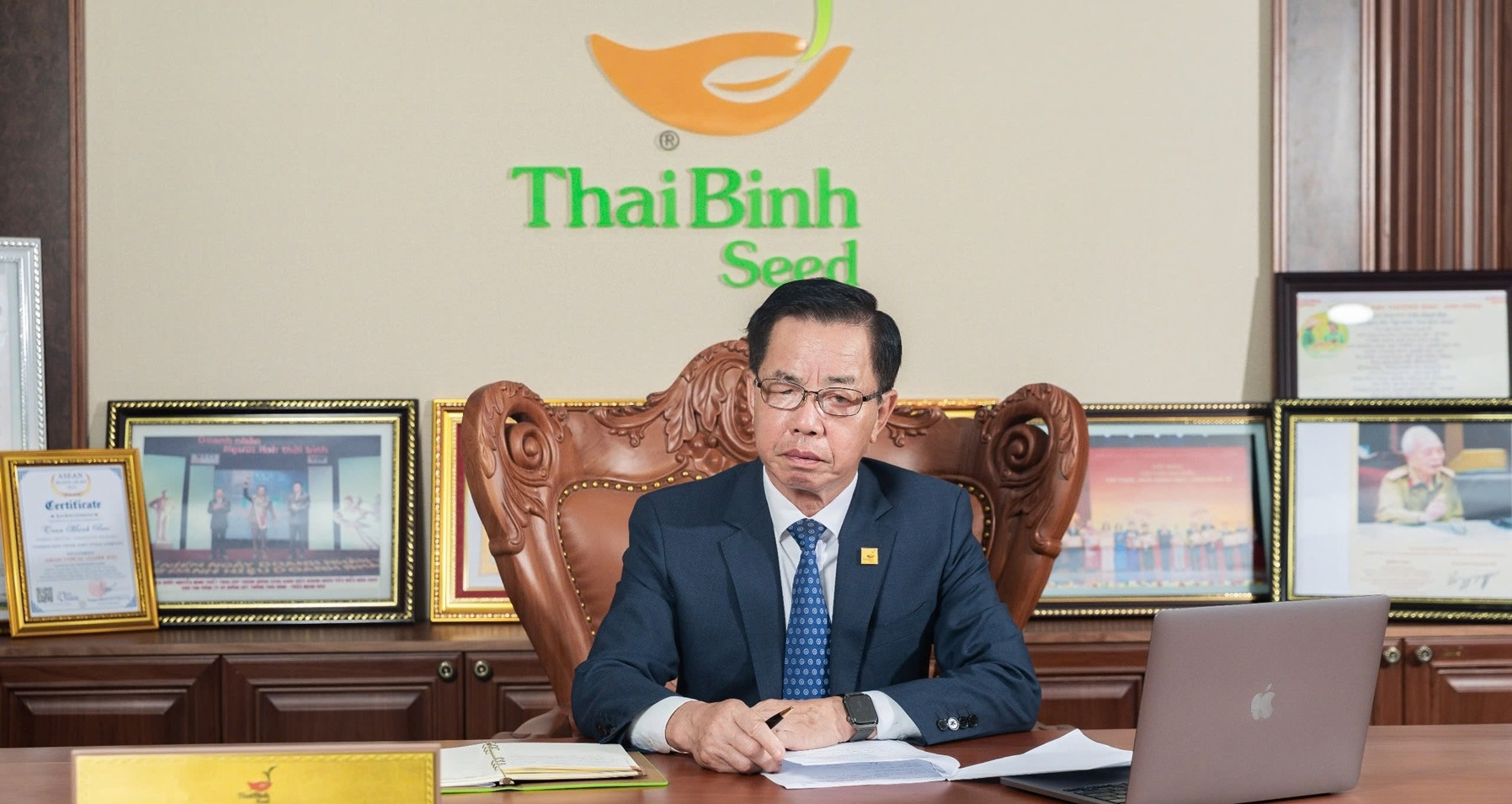






























Comment (0)